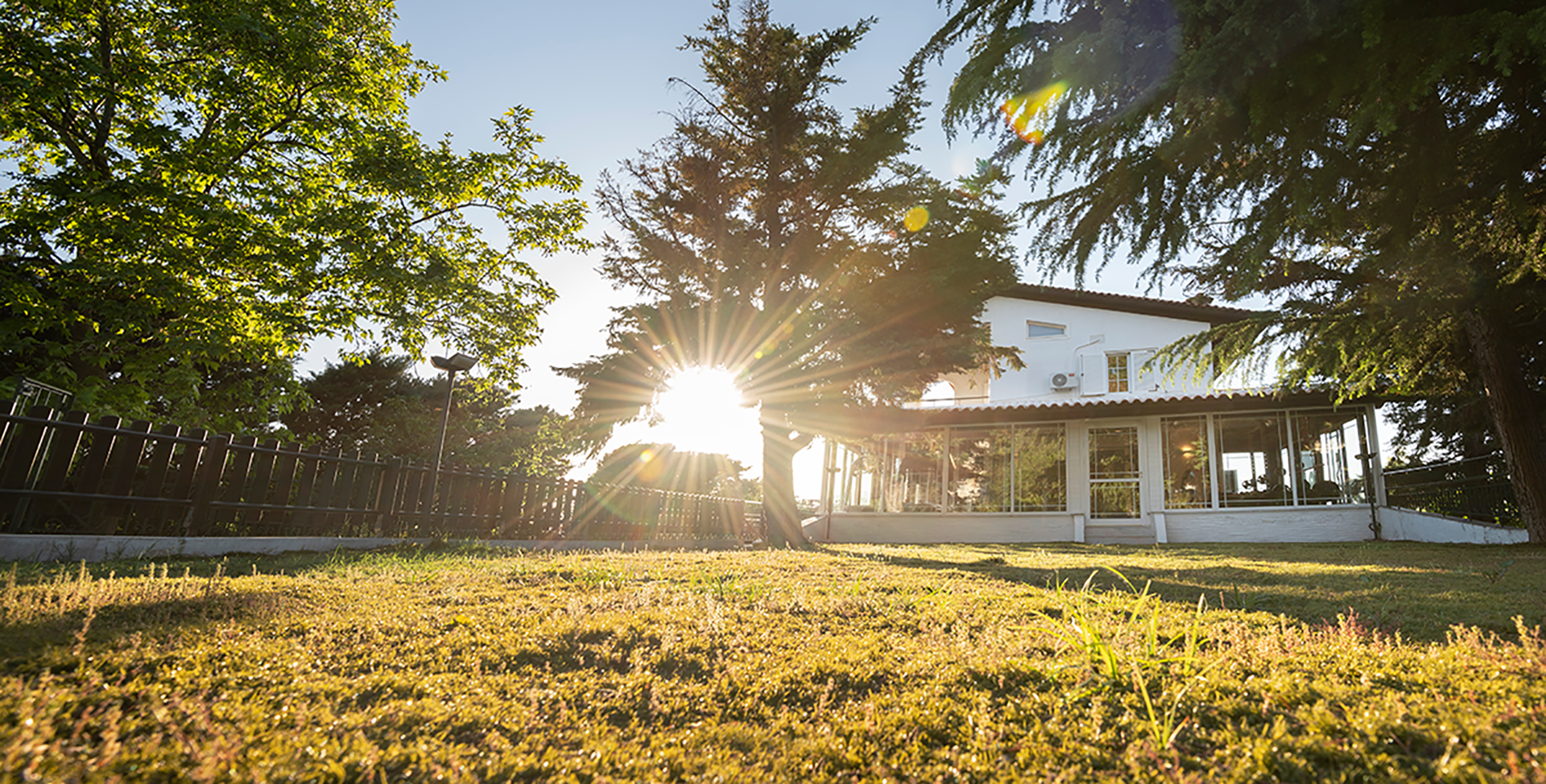NUTRITIONAL COUNSELING
How it works
In each appointment the dietitian provides knowledge on a different area of nutrition. The client then uses this knowledge to make changes to their diet. The goal is for the changes to become habits forming a routine that suits your lifestyle and personal preferences and follows evidence based up to date nutritional science.
Dietitians role
To guide you through your dietary changes
- Provides education
- Provides suggestions on tactics that might work for you.
Clients role
Clients role is proactive.
- What do you think will work for you?
- Balance between changes that will have the biggest impact and changes that are realistic for your lifestyle.
STRENGTH TRAINING
What is it?
Strength training is a type of physical exercise specializing in the use of resistance to induce muscular contraction. This in turn builds skeletal muscle mass, bone density, strength and endurance.
Why Strenght Training?
The list of benefits is long, but the main reason is that it improves your body composition. When losing or gaining weight some of the weight comes from fat and some from muscle. Resistance training helps determine where the weight you gain or lose comes from. In beginner’s strength training may even make it possible to lose fat muscle and gain muscle mass at the same time.
This is important because, a person of normal weight may have the same body fat percentage as an overweight person. This puts them at the same risks for metabolic diseases.
Strength training is also beneficial to preserve muscle as you get older. As we age, we lose muscle mass and bone density. Strength training is proven to prevent muscle loss and bone density in the elderly. This increases their independence and reduces complications in case of illness.
PILATES
What is it?
Developed by joseph Pilates in the 1920s, Pilates is a method of strength training that uses body weight and springs as resistance. It can be performed on a mat or on special equipment such as a reformer or a Cadillac. Pilates focuses on five principals breathing, cervical alignment, rib and scapular stabilization, pelvic mobility and utilizing the transverses abdominis. The exercises are designed to increase muscle strength and endurance, as well as flexibility and to improve posture and balance. Exercises can be adapted to provide either gentle strength training for rehabilitation or a strenuous workout vigorous enough to challenge skilled athletes.
Why Pilates?
Like other methods of strength training Pilates builds skeletal muscle mass, bone density, strength and endurance at the same time focusing on flexibility. For those looking for an alternative to training with weights, Pilates is a great option that much like weight training allows for the principle of progressive overload. In simple terms this means that as our body adapts to exercise the external load needed to progress needs to increase. In Pilates this is achieved by altering the exercises so that you get a challenging workout at any level.
STYKU BODY SCANNING
When you commit to a diet and exercise program it is important to have an accurate and reliable method to measure your progress. Traditional measures used to monitor progress range from, scales, measuring tapes, mirrors, bioimpedance devices and calipers. The problem with these measures is that their accuracy and reliability is dependent on many factors like weather you have eaten before, the amount of liquids your body is carrying at the time of the measurement, your cycle and the skills of the person measuring etc. Furthermore, the information provided by these measures is incomplete. The scale for example may show that you have increased in weight. However, it is not clear if you have gained body fat or muscle weight. You therefore depend on what you see and feel. But humans are notorious for not being objective. Depending on your mood you may one day feel like you have made great progress only to wake up the next day feeling like you have gotten nowhere.
Styku body scanning provides a reliable way to measure body composition. It works by scanning your body and creating a 3d image of you at the time of the scan. These images are compared allowing us to see specific changes in our body over time. Furthermore, it is able to use these images to reliably predict your fat and fat free mass percentage allowing for a more accurate analysis of body composition.
At habit diet and fitness, we recommend that a scan be done once a month to allow enough time to see progress. The scan takes only 35 seconds and is noninvasive. It is safe for everyone including pregnant woman and children.

